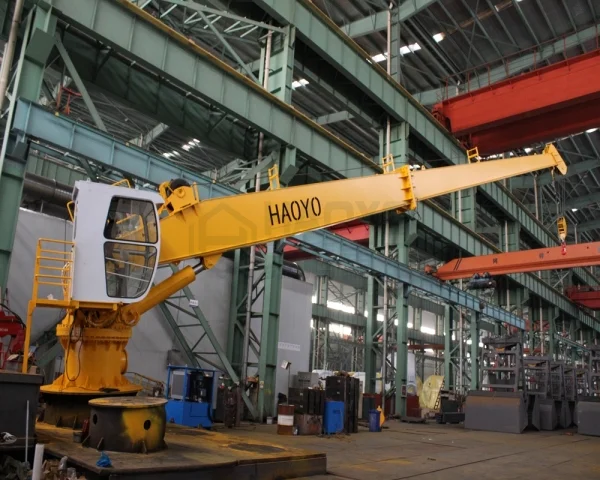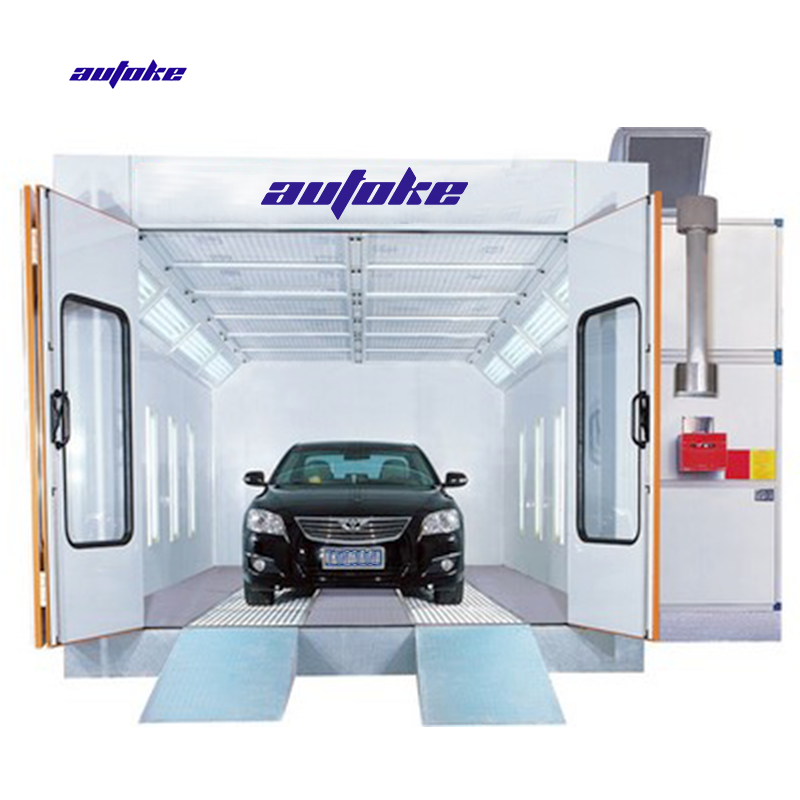In the world of custom apparel and promotional products, heat transfers have emerged as a popular method for applying designs to fabrics. From t-shirts to tote bags, this technique offers versatility and vibrancy. However, a common question arises among consumers and businesses alike: How durable are heat transfers? This article delves into the intricacies of heat transfer durability, exploring factors that influence longevity, the types of heat transfers available, and best practices for ensuring lasting quality.
Understanding Heat Transfers
Heat transfers involve the application of a design onto a substrate using heat and pressure. This method can be categorized into several types, including:
- Vinyl Heat Transfers: These are made from PVC or polyurethane materials and are cut into shapes or letters before being heat-pressed onto the fabric. They are known for their durability and vibrant colors.
- Sublimation Transfers: This technique involves printing designs onto a special transfer paper using sublimation ink. When heat is applied, the ink turns into gas and permeates the fabric, resulting in a permanent bond. Sublimation works best on polyester fabrics.
- Digital Transfers: Utilizing inkjet or laser printers, digital transfers allow for full-color designs to be printed onto transfer paper. These can be applied to various fabrics but may not be as durable as vinyl or sublimation transfers.
Factors Influencing Durability
The durability of heat transfers is influenced by several key factors:
- Material Quality: The type of transfer material used plays a significant role in durability. High-quality vinyl and sublimation inks are designed to withstand wear and tear, while lower-quality materials may fade or peel over time.
- Fabric Type: The compatibility of the transfer with the fabric is crucial. For instance, sublimation transfers are best suited for polyester, as the dye bonds with the fibers. Cotton fabrics may not hold sublimation transfers as effectively, leading to quicker degradation.
- Application Process: Proper heat and pressure settings during the application process are vital. Insufficient heat may result in weak adhesion, while excessive heat can damage the fabric or the transfer itself. Following manufacturer guidelines is essential for optimal results.
- Care Instructions: Post-application care significantly impacts the longevity of heat transfers. Washing in cold water, avoiding bleach, and air drying can help maintain the integrity of the design. Heat transfers are generally not as durable as screen printing when it comes to frequent washing.
Durability Comparison: Heat Transfers vs. Other Methods
When comparing heat transfers to other decoration methods, such as screen printing or embroidery, it's essential to consider the context of use. Screen printing, for instance, typically offers superior durability for designs that will undergo frequent washing and heavy use. However, heat transfers provide advantages in terms of color vibrancy and the ability to create intricate designs.
Embroidery, while durable, may not be suitable for all types of designs, especially those requiring fine details or photographic images. Heat transfers can bridge this gap, offering a solution for businesses looking to create custom apparel with detailed graphics.
Best Practices for Ensuring Longevity
To maximize the durability of heat transfers, consider the following best practices:
- Choose Quality Materials: Invest in high-quality heat transfer materials and inks to ensure a longer-lasting product.
- Follow Application Guidelines: Adhere to the manufacturer's instructions regarding temperature, pressure, and time to achieve optimal adhesion.
- Select Appropriate Fabrics: Match the transfer type with the right fabric to enhance durability. For example, use sublimation transfers on polyester and vinyl transfers on cotton blends.
- Educate End Users: Provide care instructions to customers to help them maintain the integrity of the heat transfer. This can include washing in cold water, avoiding fabric softeners, and turning garments inside out before washing.
- Test Before Full Production: Conduct tests on sample fabrics to evaluate the durability of the heat transfer under various conditions. This can help identify potential issues before committing to a larger production run.
Conclusion
In summary, the durability of heat transfers is contingent upon various factors, including material quality, fabric compatibility, application techniques, and post-care practices. While heat transfers may not always match the longevity of screen printing or embroidery, they offer unique advantages that make them a valuable option for custom apparel and promotional products. By understanding the nuances of heat transfer durability and implementing best practices, businesses can ensure that their designs remain vibrant and intact for years to come.

